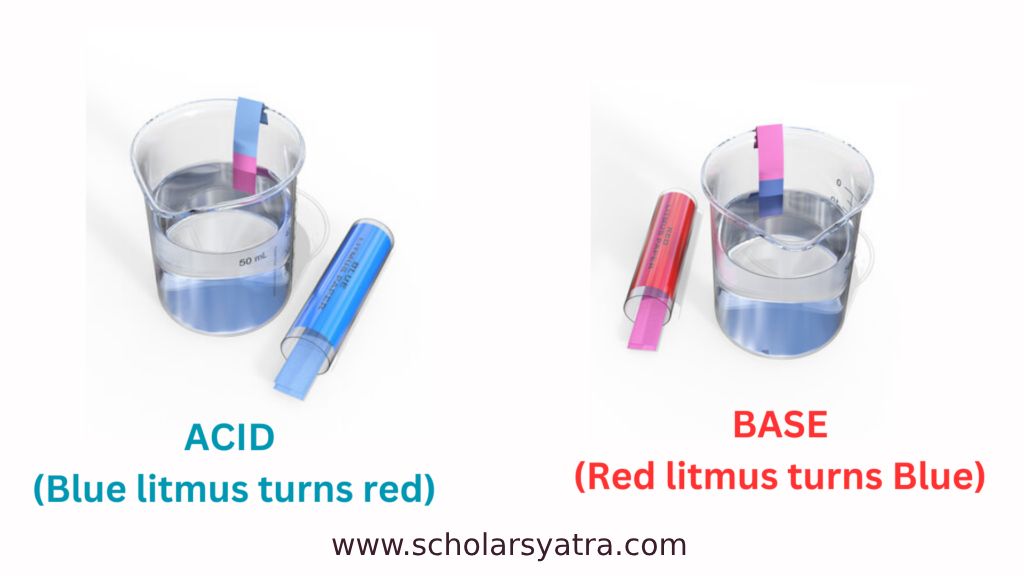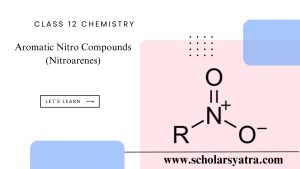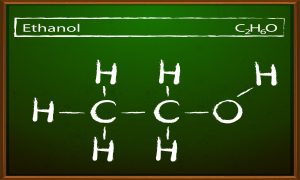Introduction of Litmus paper
Litmus paper is a simple yet essential tool in chemistry used to determine a substance’s acidity or alkalinity (pH). It has been a staple in chemical experiments for centuries due to its reliability, ease of use, and cost-effectiveness. The core concept behind litmus paper is that it changes color in response to the presence of acidic or basic substances. This article delves into the history, composition, working mechanism, and various applications of litmus paper, providing a thorough understanding for science scholars.
Table of Contents
ToggleHistory and Origin
Litmus paper traces its origins to the early 14th century when its use was first recorded by the Spanish physician Arnaldus de Villa Nova. However, the natural pigments extracted from lichens, which are responsible for the color changes in litmus paper, had been known long before that. The word “litmus” itself is derived from the Old Norse word “litmosi,” meaning “colored moss.”
Natural dyestuffs from lichens have been used as acid-base indicators for centuries, with the Dutch chemist Pieter van Musschenbroek being among the first to document its properties in the early 1700s scientifically. Since then, litmus paper has become a universal tool in scientific laboratories around the world.
Composition of Litmus Paper
Litmus paper is made primarily from wood cellulose that is infused with specific dyes derived from lichens, such as Rocella tinctoria and Rocella fuciformis. These lichens produce water-soluble dyes that exhibit a unique ability to respond to the hydrogen ion concentration in a solution.
Key components in litmus paper:
- Lichens: The source of the natural dye, which is responsible for the color change.
- Cellulose Paper: The base material for the litmus paper, which is treated to absorb the dye.
- Water: Used as the solvent for the dye.
- Inert Substances: These may be added to preserve the paper or enhance its sensitivity to pH.
How Litmus Paper Works
The science behind litmus paper’s color change lies in the interaction of the paper’s dye with hydrogen ions (H⁺) or hydroxide ions (OH⁻) in the solution being tested.
- In Acidic Conditions (pH < 7): When litmus paper is introduced to an acidic solution, the high concentration of hydrogen ions (H⁺) in the solution interacts with the dye molecules, causing the paper to turn red.
- In Alkaline Conditions (pH > 7): In a basic or alkaline solution, the hydroxide ions (OH⁻) reduce the hydrogen ions in the dye, causing the paper to turn blue.
- Neutral Conditions (pH = 7): In a neutral solution, litmus paper typically retains its original color (either blue or red, depending on the starting color of the paper). Blue litmus paper stays blue, while red litmus paper stays red.
The pH range where color change occurs for litmus paper typically lies between 4.5 and 8.3. However, it does not give an exact pH reading—only whether the solution is acidic, basic, or neutral.
Types of Litmus Paper
There are two main types of litmus paper:
- Red Litmus Paper: Red litmus paper is used to test for alkalinity. If exposed to a basic solution, it turns blue. It remains red in neutral and acidic environments.
- Blue Litmus Paper: Blue litmus paper is used to test for acidity. If exposed to an acidic solution, it turns red. It stays blue in neutral and basic environments.
These papers are available in rolls or strips and can be used in a variety of settings to quickly determine the general pH nature of a solution.
Advantages and Limitations of Litmus Paper
Advantages
- Simplicity: Litmus paper is incredibly easy to use. It requires no complex apparatus or chemical procedures.
- Cost-Effectiveness: It is inexpensive compared to electronic pH meters or other chemical reagents.
- Immediate Results: The color change happens almost instantaneously, making it a quick diagnostic tool for acid-base testing.
Limitations
- Not Quantitative: Litmus paper can only indicate whether a substance is acidic or basic, but it cannot provide precise pH values.
- Narrow pH Range: The pH range for litmus paper is relatively limited. For very strong acids or bases, other indicators or tools may be required.
- Color Perception: The interpretation of color change can sometimes be subjective, especially in solutions that are faintly acidic or basic.
Applications of Litmus Paper
- Laboratory Testing: Litmus paper is commonly used in chemistry labs to quickly assess the pH of substances. Its ease of use makes it a go-to for initial tests before employing more precise pH indicators or meters.
- Educational Settings: It is widely used in schools and colleges to teach the basic concepts of acids and bases. Students use it in experiments to develop a hands-on understanding of pH and chemical reactions.
- Industrial Applications: Litmus paper is used in a variety of industries, including:
- Food and Beverage: To ensure the correct pH levels in products like beverages, dairy, and sauces.
- Pharmaceuticals: To test the pH of various drugs and medications.
- Water Testing: For quick tests on the acidity or alkalinity of water in environmental monitoring, aquariums, and swimming pools.
- Medical Diagnostics: In some cases, litmus paper is used to test body fluids like urine or saliva to provide clues about health conditions related to pH imbalances.
- Household Use: Litmus paper can be found in DIY kits for testing common household products like cleaning agents or gardening soil to ensure the correct pH for plant growth.
Modern Alternatives and Technological Advancements
While litmus paper remains widely used due to its simplicity, other more precise pH measurement tools have been developed, such as:
- pH Strips: Unlike litmus paper, pH strips contain a broader range of dyes that change color over a wide pH range, giving a more precise estimate of the pH value.
- pH Meters: Digital pH meters provide exact pH readings and are used in more sophisticated experiments and industrial processes. They are accurate, reusable, and can measure extreme pH values.
Conclusion
Litmus paper continues to be a fundamental tool in chemistry, known for its reliability and ease of use. Its ability to provide rapid feedback on whether a solution is acidic or basic makes it indispensable in both educational and practical settings. However, its limitations in providing precise pH values mean that more advanced methods, such as pH meters and multi-range pH strips, are often preferred for detailed analysis.
For science scholars, understanding the composition, mechanism, and limitations of litmus paper is essential for its effective use. Despite technological advancements, litmus paper remains an iconic representation of chemical testing and an enduring tool in the field of acid-base chemistry.






